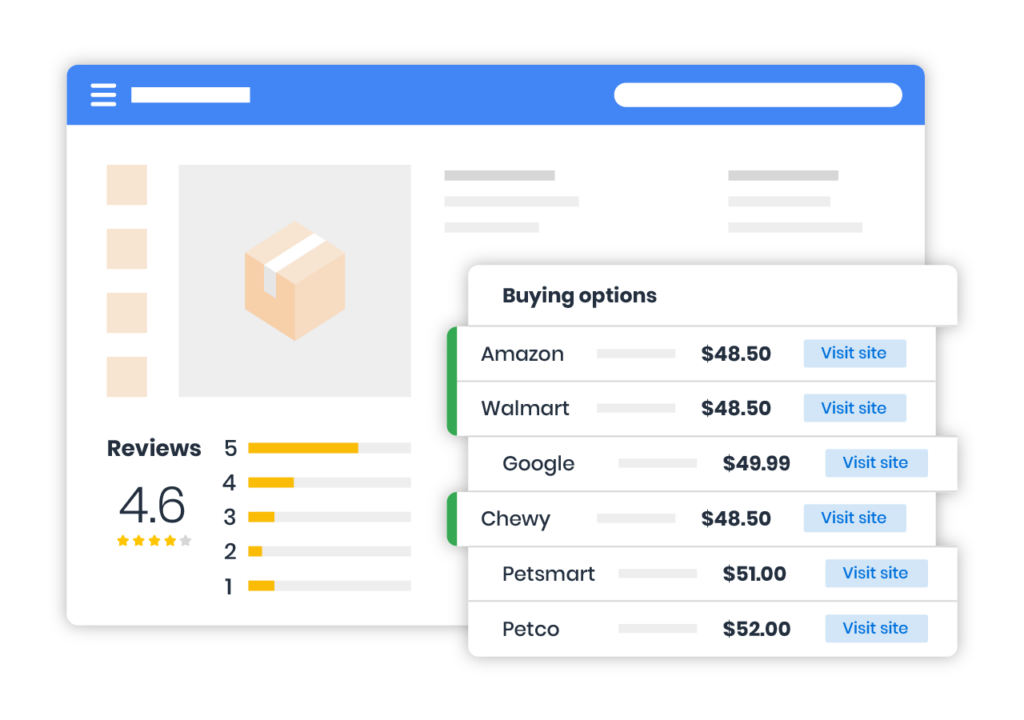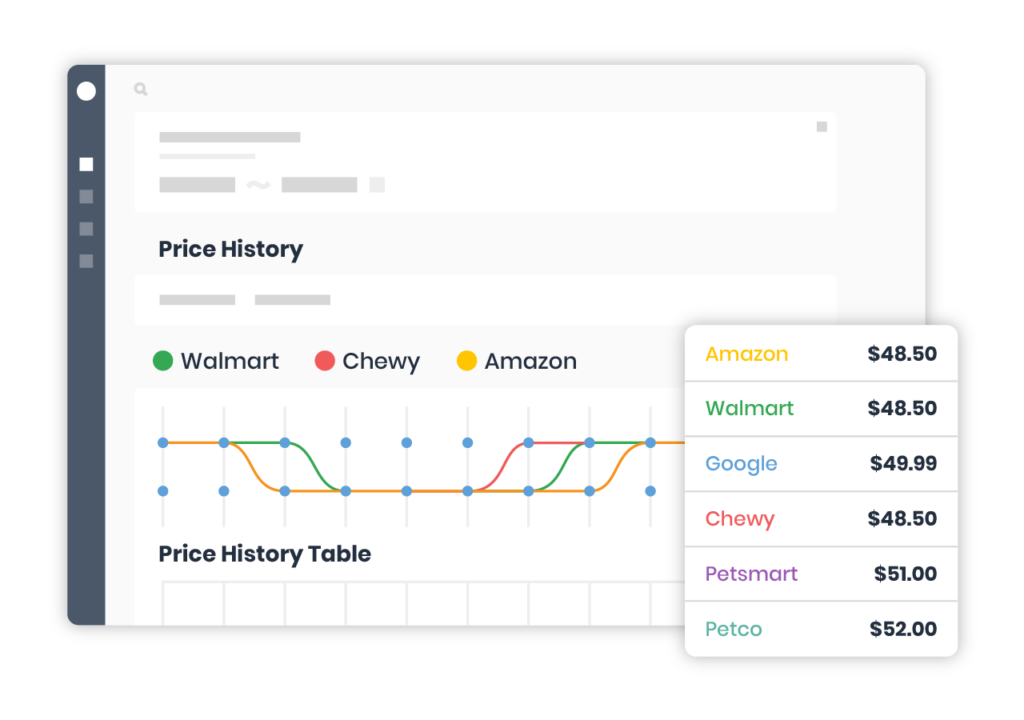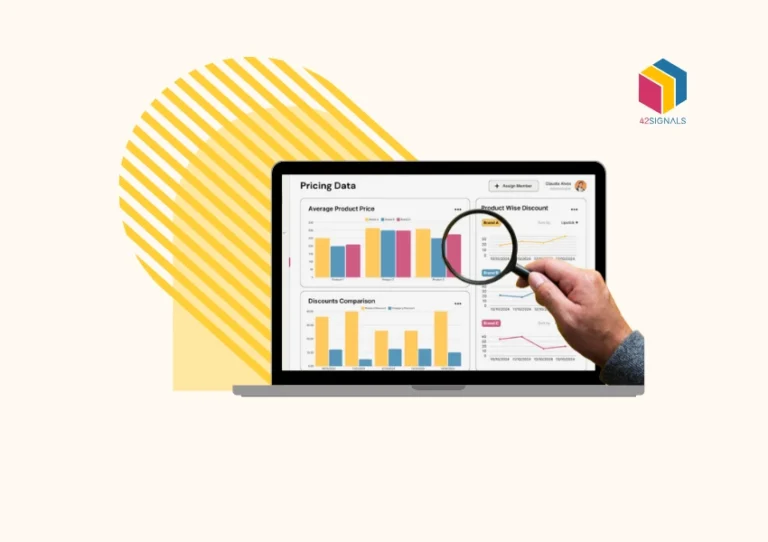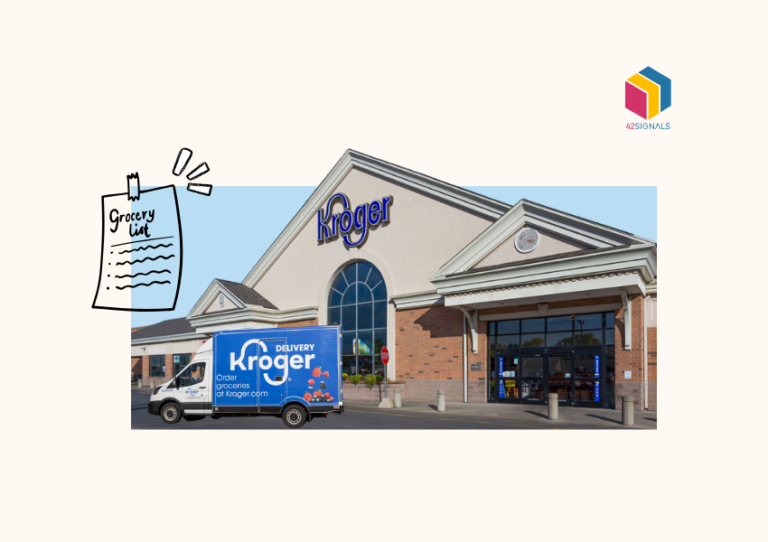Online shopping has become increasingly popular in recent years, and consumers constantly seek ways to save money while getting the best deals possible. One such way is by utilizing a price tracker, which allows users to monitor the price fluctuations of specific products and be alerted when there is a significant decrease.
While there are various eCommerce price trackers available, one of the newest and most convenient options comes directly integrated into Google Search, the Google Price Tracker.
What is a Google Price Tracker?

Image Source: Engadget
The Google Price Tracker enables users to monitor price changes for desired products automatically. When activated, the price tracker keeps tabs on the selected item and sends notifications whenever the price drops significantly. This handy tool eliminates the need for manual monitoring and ensures that users never miss out on a good deal. Moreover, since it is integrated directly into the application, no additional downloads or installations are required.
How Does Google Price Tracker Work?

Image Source: Forbes
Using the Price Tracker by Google is quite straightforward. First, navigate to the product page of interest. If the price tracker determines that there is sufficient price history data available, a small icon will appear near the URL bar. By clicking on this icon, users can enable price tracking and set their preferred threshold for receiving notifications. Once enabled, the price tracker continuously monitors the product’s pricing and updates the user accordingly.
Top Features of the Google Price Tracker
Beyond merely tracking prices, the Price Tracker offers several other useful features designed to enhance the overall online shopping experience. These include:
Historical price data
Users can access detailed graphs displaying historical price trends for each product, making it easier to identify patterns and predict future price movements.
Comparison shopping
By comparing prices across multiple retailers, the price tracker helps ensure that users secure the lowest possible cost for their chosen item.
Coupon integration
The price tracker scours the internet for relevant discount codes and applies them automatically during the checkout process, further maximizing savings.
Why use Google’s Price Tracker?
There are several key benefits associated with the tool:
1. Convenience
With everything contained within the browser itself, there is no need to search for external plugins or apps.
2. Time-saving
Manual monitoring of prices can be both tedious and time-consuming; the price tracker automates this task, freeing up valuable time for users.
3. Increased Savings
Access to real-time price alerts and comprehensive sales analysis empowers users to make informed purchasing decisions, ultimately leading to greater savings.
While this may seem limited to shoppers, this new feature can also help small businesses. Let’s understand the advantages –
1. Monitor Competitor Products
End-users and small business owners could use Google’s tracker to keep an eye on competitors’ products they carry. They can follow competitor pricing strategies over time, helping inform adjustments to their pricing schemes.

Image Source: FrigginYeah
2. Anticipate Market Trends
By observing the general trend of competitor pricing, end-users, and small businesses may gain insight into broader industry shifts or emerging trends. For instance, if competitors begin lowering prices consistently, it might indicate increased supply or reduced demand for certain goods.
3. Identify Opportunities
Sudden changes in competitor pricing could signal newfound market opportunities. A dramatic drop in a rival’s pricing strategy could signify a shift in focus, leaving room for others to fill potential gaps in the marketplace. Likewise, substantial increases in competitor pricing might suggest a chance to capture customers through aggressive promotions or attractive alternatives.

Image Source: Pinnaxis
4. Benchmark Performance
Small businesses can measure their performance relative to competitors using the price tracker. Regular comparisons between internal pricing structures and those of rivals provide valuable feedback regarding positioning and differentiation.
5. Optimize Sales Strategy
Based on the price tracking data gathered, companies can fine-tune their sales approach. By understanding the context around competitor pricing moves, organizations can adapt their selling tactics to better meet customer needs, boost conversion rates, and strengthen overall revenue streams.
6. Enhance Customer Experience
Knowledge of competitor pricing dynamics equips brands to educate their clients effectively. Providing accurate and timely pricing information alongside compelling value propositions fosters trust and credibility among prospective buyers, enhancing the overall customer experience.
7. Stay Updated on Industry News
Following competitor pricing through the Google Price Tracker encourages staying current with industry news. Companies that remain well-informed about market developments maintain a strategic advantage over less aware counterparts, ensuring long-term success and growth.
8. Analyze Seasonal Fluctuations
Observing seasonal variations in competitor pricing can reveal recurring trends and cycles, allowing end-users and small businesses to optimally plan inventory management and marketing initiatives throughout the year.
9. Supply Chain Optimization
Companies involved in manufacturing or distribution can rely on Google’s Tracker to monitor component or raw material prices. By staying informed about price movements, businesses can negotiate better contracts with suppliers or switch to alternative sources if necessary, ultimately reducing production expenses.
10. Stock Management
Monitoring price drops and increases can help businesses anticipate demand fluctuations and manage inventory levels effectively. When specific items experience sudden spikes in popularity due to lower prices, companies can prepare by increasing stock quantities to meet consumer needs and capitalize on the trend.
11. Product Development
Analyzing historical price trends can assist businesses in identifying high-demand and profitable niches within their industry. By focusing development efforts on these areas, companies can create innovative offerings tailored to customers’ preferences while maximizing revenue potential.
Conclusion
While Google’s price tracking tool definitely helps the shopper, its benefits and implementation can extend to small businesses too.
With price data available in real-time, a small business without a large product array or budget for a premium price monitoring tool can maintain a strong foothold in their respective markets by analyzing this data.
Adopting cutting-edge technologies to facilitate smarter decision-making is essential for businesses to thrive and the Google Price Tracker offers precisely that – actionable intelligence for informed choices.
Take Control of Your Pricing Strategy! Discover how 42Signals can transform your business with real-time pricing insights. Schedule a Demo Today.







